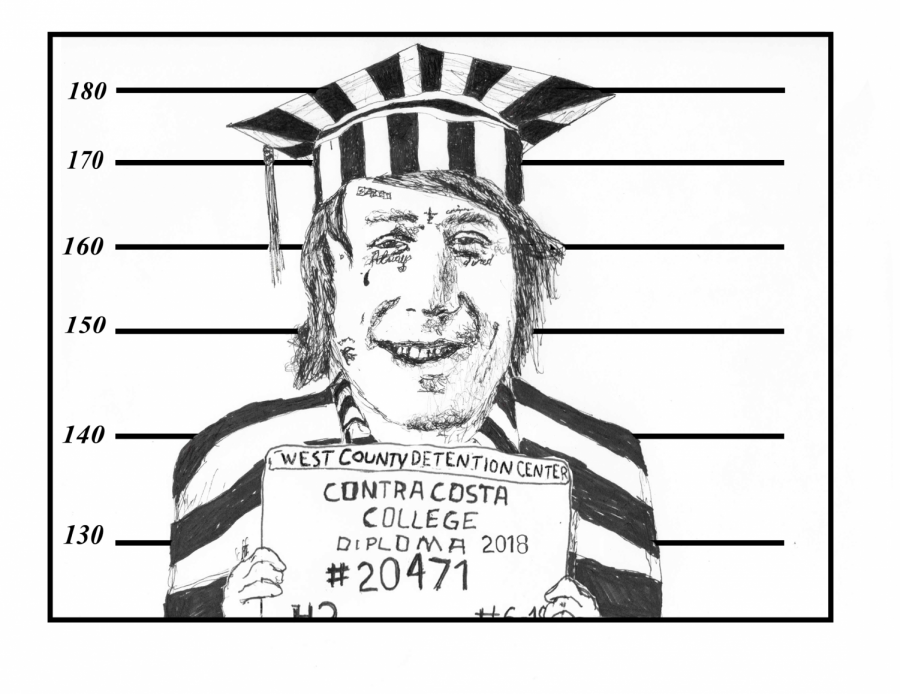Community colleges embrace prison-to-education pipeline
Oct 3, 2018
The U.S. prison population outpaces the incarceration rates of every other country on the planet — from industrialized western nations to developing nations still suffering the repercussions of colonial rule.
Although California doesn’t rank in the top 10 of American states in terms of prison population, the nearly 200,000 people incarcerated or on parole in the state, according to the Bureau of Justice Statistics, seems like an absurdly large number.
Between 2009 and 2016, California passed SB 678, AB 109, Proposition 47 and Proposition 57.
These reforms, along with other legislative adjustments, mandated the transfer of many inmates from state to county supervision.
According to correctionstocollegeca.org, over eight million residents are estimated to be living in California communities with an arrest or criminal record.
In 2015, the Contra Costa Community College District designed a program so people recently free from incarceration have a chance to receive educational and support services when returning or beginning an educational plan at one of the district’s three colleges.
At the time, Interim Executive Vice Chancellor Andrew Jones said aside from lowering statewide incarceration rates, the hope of the task force is to cause social change.
Contra Costa College’s Instructional Support Coordinator Kenneth Reynolds works out of the EOPS Office and is already helping formerly incarcerated students.
Reynolds said, “People don’t go up to them and put a hand on their back offering them help, but they are no different than any other person.
“If they are here, it doesn’t mean they are going to get violent or cause problems.”
Between 2011 and 2016, 97 percent of formerly incarcerated Project Rebound students graduated from San Francisco State with a bachelor’s degree within six years compared to the average 57 percent of CSU students statewide.
Aside from re-integration programs, options are being made available for inmates to get a jump-start on the corrections-to-classroom process.
California community colleges now teach face-to-face transferable college courses in 34 of the state’s 35 prisons.
However, California’s 114 community colleges continue to be the most common re-entry point for formerly incarcerated people to transition into a life of normalcy.
Many of the campuses have developed programs to address the challenges faced by incarcerated and formerly incarcerated students including lack of college-readiness, food and financial insecurity.
According to prisonpolicy.org, nationwide, 636,000 people are released from U.S. prisons each year.
California has implemented a Clean Slate program which offers residents a pathway toward expunging criminal offenses from their rap sheet. The program has worked to help some, but continued services to aid re-entry for Californians that still have criminal records should be expanded.


